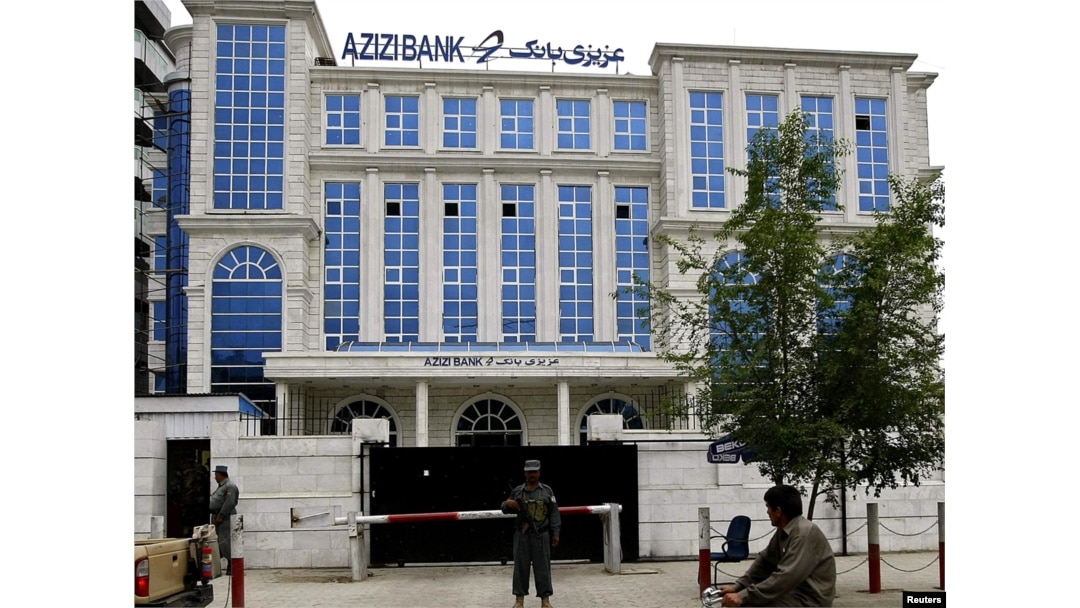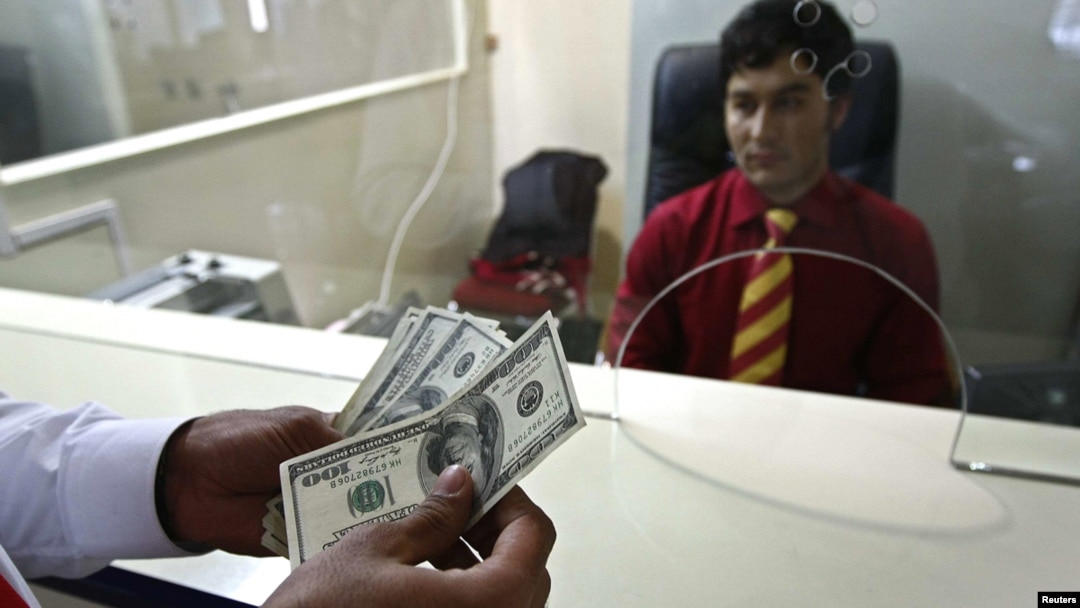An increasing number of Afghans are taking out their money from banks and closing their accounts, a trend spurred by mistrust in the unrecognized Taliban government and concerns about the country’s bleak economic outlook.
The Taliban takeover in 2021 triggered a cash and banking crisis. The militants were hit with international sanctions, and the country cut off from the global financial system and crucial foreign aid. Billions in the central bank’s foreign reserves were frozen.
The economic meltdown forced some of the 12 state-owned and commercial banks to close, while others worked at limited capacity. Caps were placed on how much people were allowed to withdrawal from banks.
While the economy has somewhat recovered, Afghanistan is still in the grips of a devastating humanitarian crisis, mass unemployment, and rising poverty. And trust in the formal banking system has collapsed.
Experts say Afghans closing their bank accounts has helped further constrain the money supply in the country and placed further stress on the economy.
Cut off from the international banking system, more Afghans are also turning to hawala, an informal system of lenders.
'Concerning Trend'
Afghan banks lost around 11 percent of their customers from December 2022 to December 2023, according to the World Bank.

A policeman stands guard outside the main branch of Azizi Bank in Kabul. (file photo)
Among them was Ahmad, a resident of the western city of Herat. He said he closed his bank account after repeatedly trying and failing to transfer money inside the country.
“This indicates that the banks have failed,” Ahmad, who only goes by one name, told RFE/RL’s Radio Azadi. “They have become untrustworthy.”
Baseer, a resident of Kabul, also recently closed his bank accounts. He said he lost confidence in the banks after they enforced limits on how much of his own money he could withdraw.
“Bank employees used to harass and abuse us when we asked for our own money,” he told Radio Azadi.
The Taliban initially set a weekly withdrawal limit of $200 for individual bank accounts. In December, the Taliban-run central bank increased the cap to $1,000.
A commercial bank employee in Kabul, who requested anonymity, said that strict controls over how much money account holders can withdraw has damaged banks' reputations.
The employee told Radio Azadi that banks' inability to return depositors' money made them “worthless” in customers’ eyes.
An Afghan currency dealer sorts Afghani bills at a currency market in Kabul. (file photo)
According to the World Bank’s 2017 Global Findex database, only 15 percent of Afghan adults had an account at any financial institution, a figure that has plummeted since the Taliban takeover.
The World Bank said in a report published in April that the banking sector since 2020 has lost around 25 percent of its total asset base, which it said signaled a “concerning trend for an already small industry."
“The banking sector is experiencing considerable strain from dwindling assets and deposits,” the report said, adding that this has “spurred a greater dependence on cash and non-traditional payment methods, further tightening the money supply and aggravating economic downturn and deflation.”
Azarakhsh Hafizi, an economist and former head of the Afghanistan International Chamber of Commerce, said that a modern economy is “incomplete without a banking system.”
“Countries where banks can channel their customers' deposits to economic investments, such as building businesses and industry, are better off,” he added. “When you do not have enough deposits in the banks, you cannot give loans to people [and businesses] that need them.”
Sanctions And Islamic Banking
The strain on banks has been compounded by international sanctions.
Afghan banks have been cut off from the world’s dominant financial transaction network, SWIFT, greatly inhibiting the Taliban government’s ability to conduct trade.
It has also made it difficult for individuals and businesses in Afghanistan to transfer money and make payments.
Without access to SWIFT, Afghans are increasingly turning to the informal transfer system known as hawala, which uses individual brokers rather than banks. The system is difficult to trace and has been used by armed groups.
The Taliban’s shift to Islamic banking has also hampered the banking sector, experts said.
Islamic banking, first developed in the 1970s in the Gulf states, prohibits the practice of lending money with interest. Like conventional banks, Islamic banks make their profits by loaning money to customers. But whereas a bank loans with interest, Islamic banks do so through buy-and-sell transactions.
In March, the Taliban appointed a committee to review laws for Afghanistan's central bank and the commercial banking sector.
The Taliban has said that Islamic banking prohibits “earning income through interest on investments, loans, or deposits.”
In its recent report, the World Bank said the “banking sector's role as a financial intermediary is significantly hampered by the mandatory transition to Islamic Finance.”


